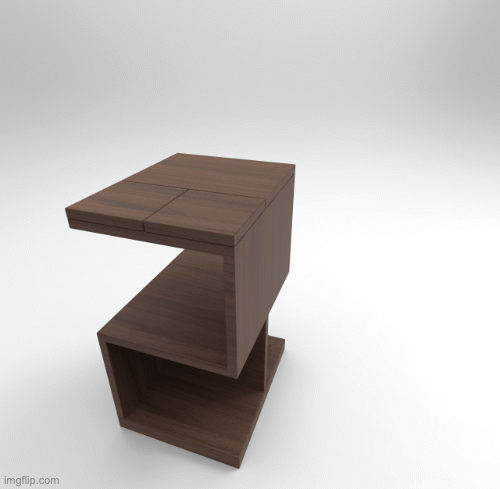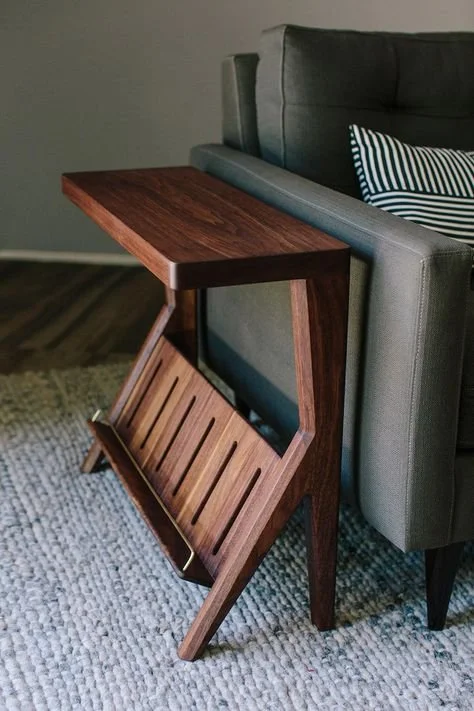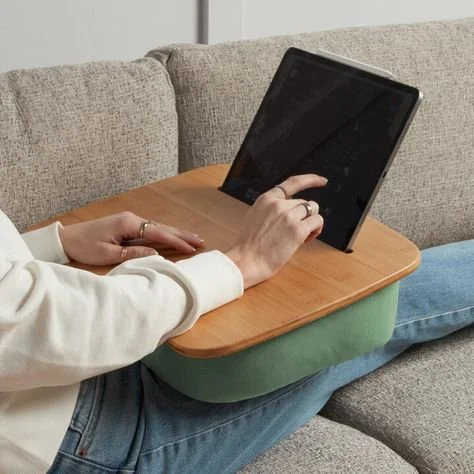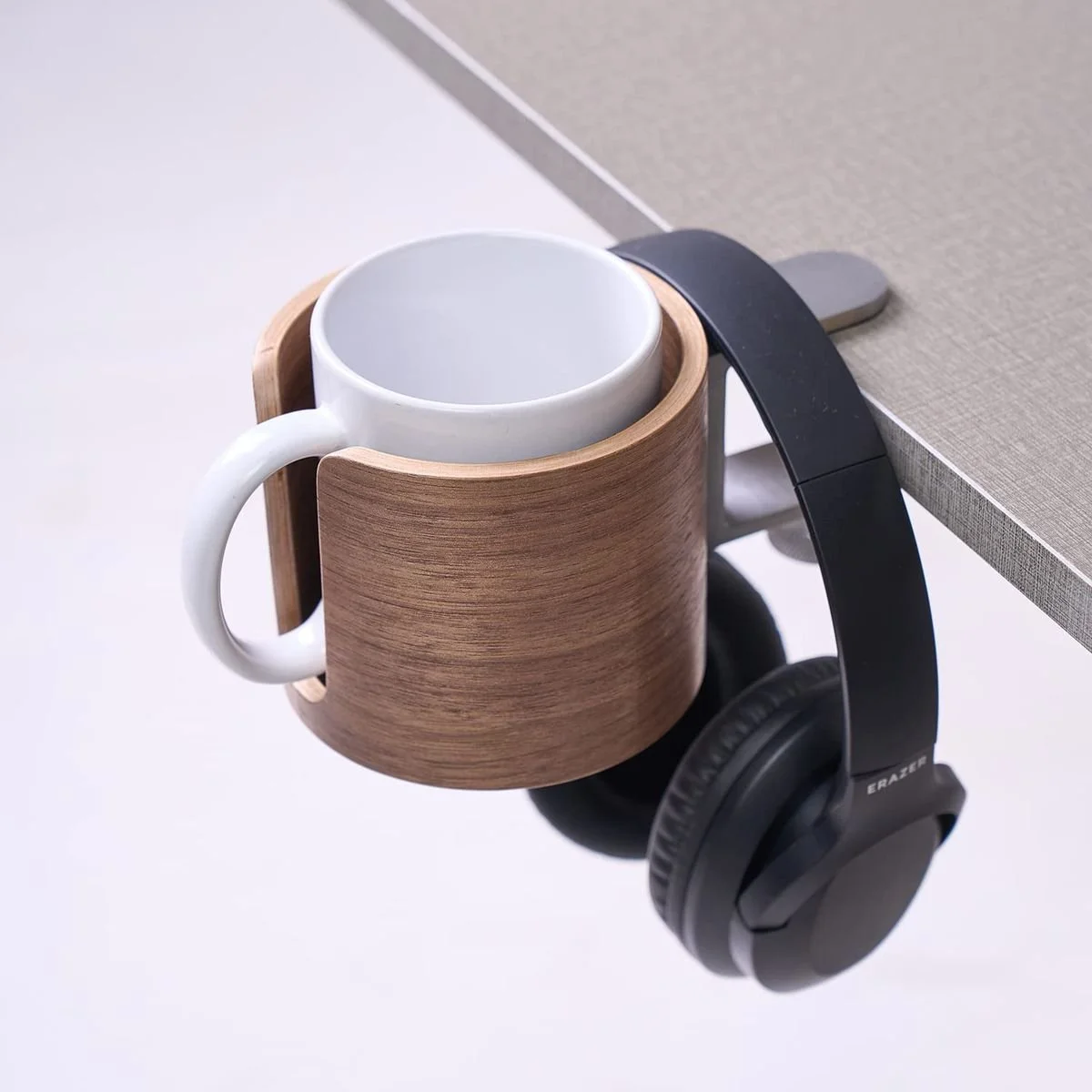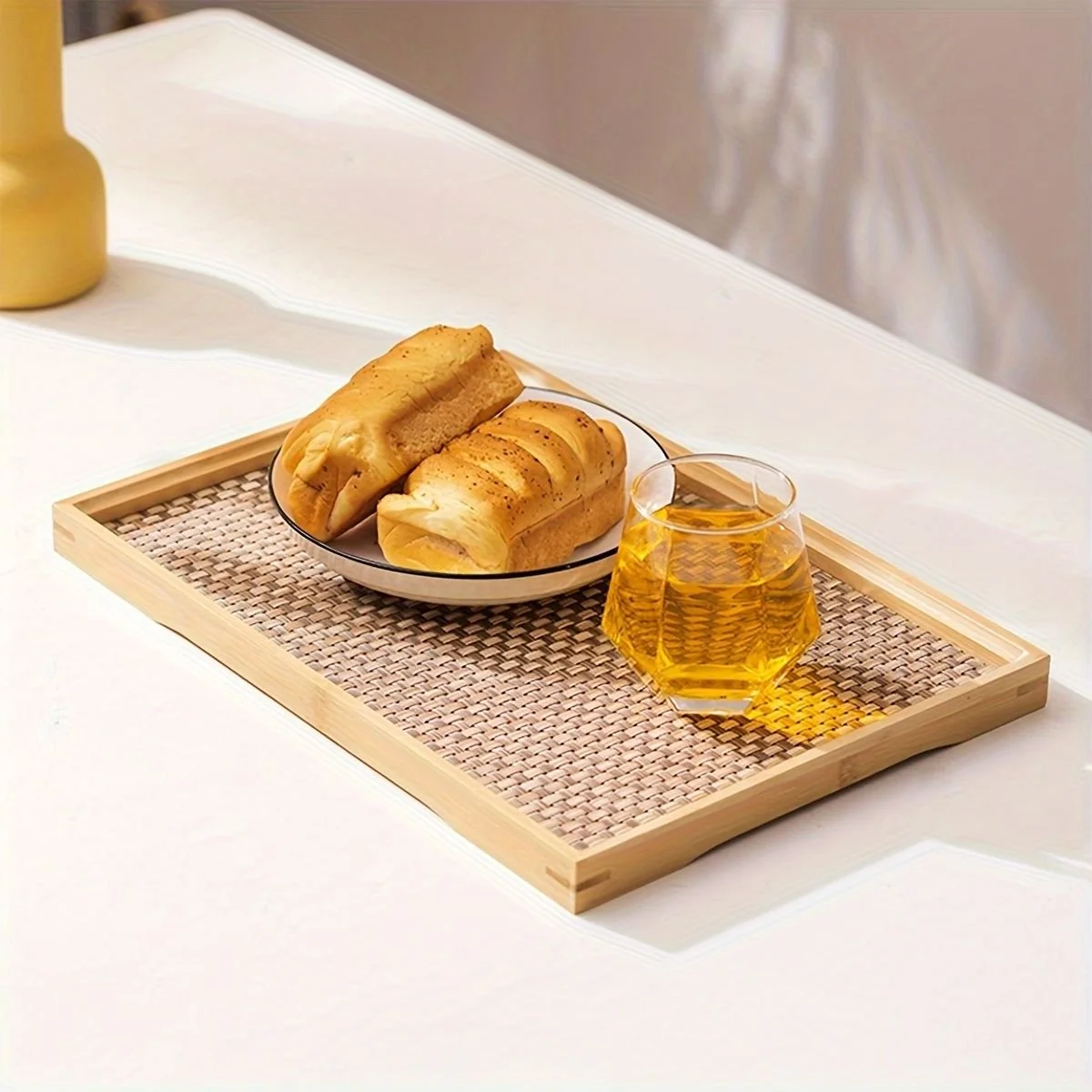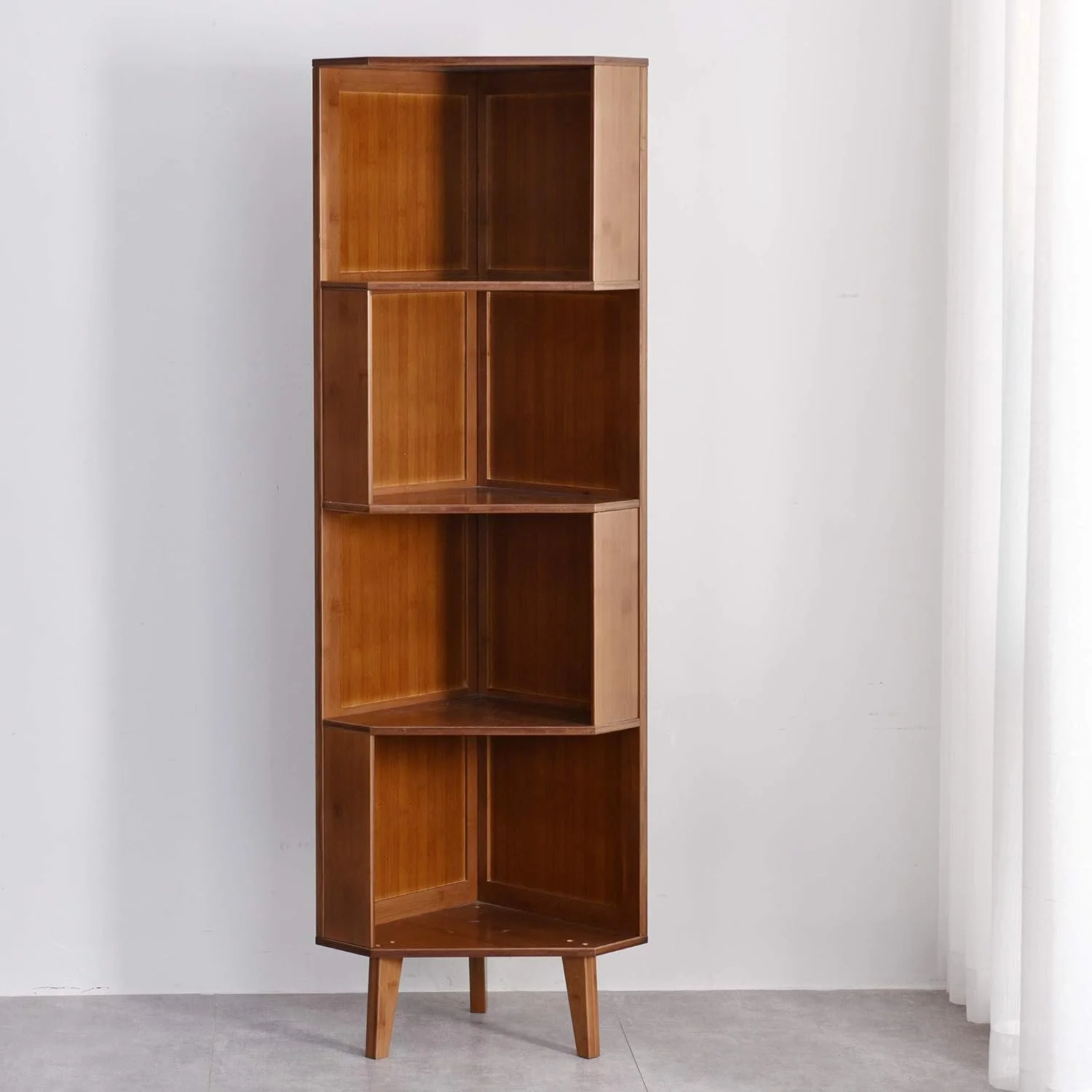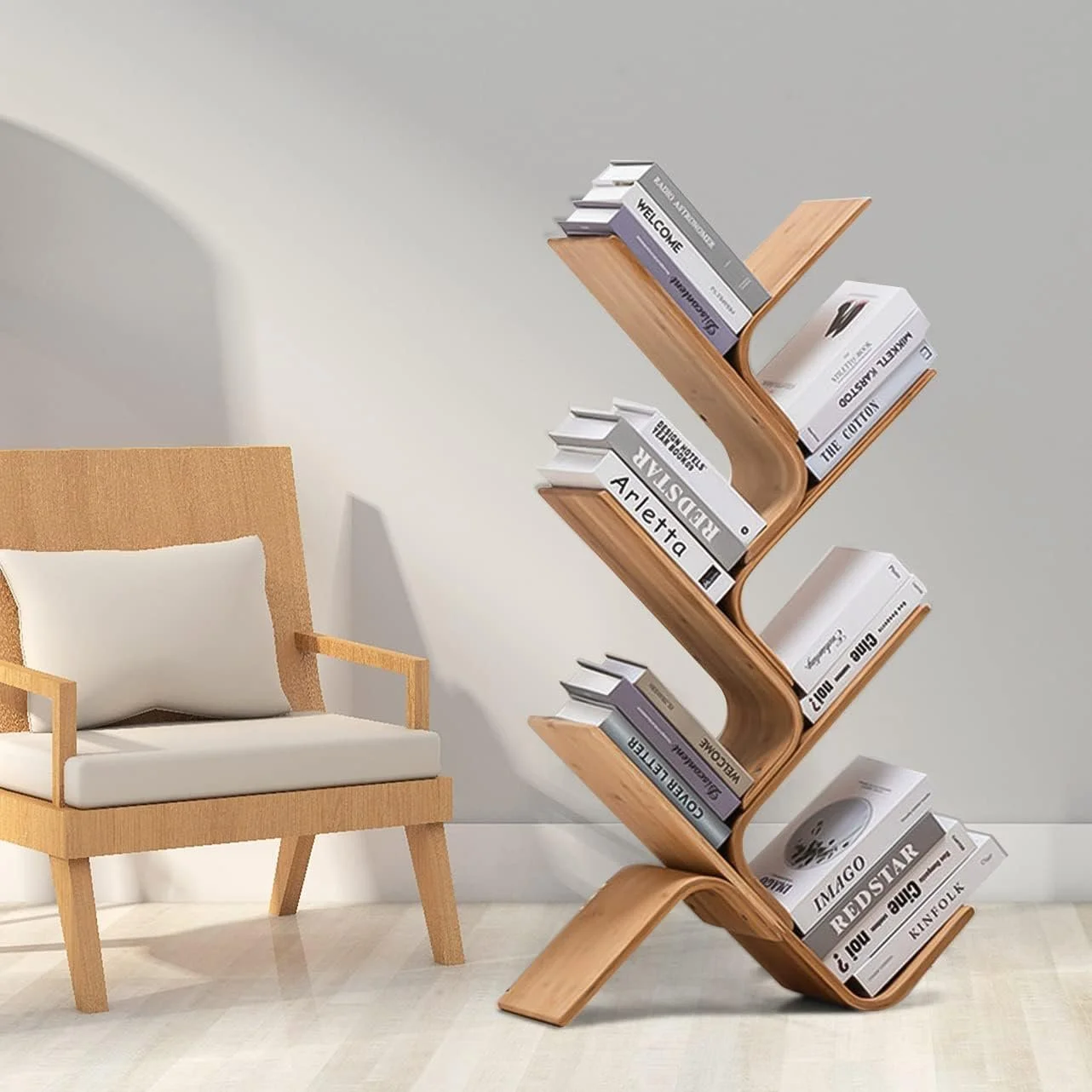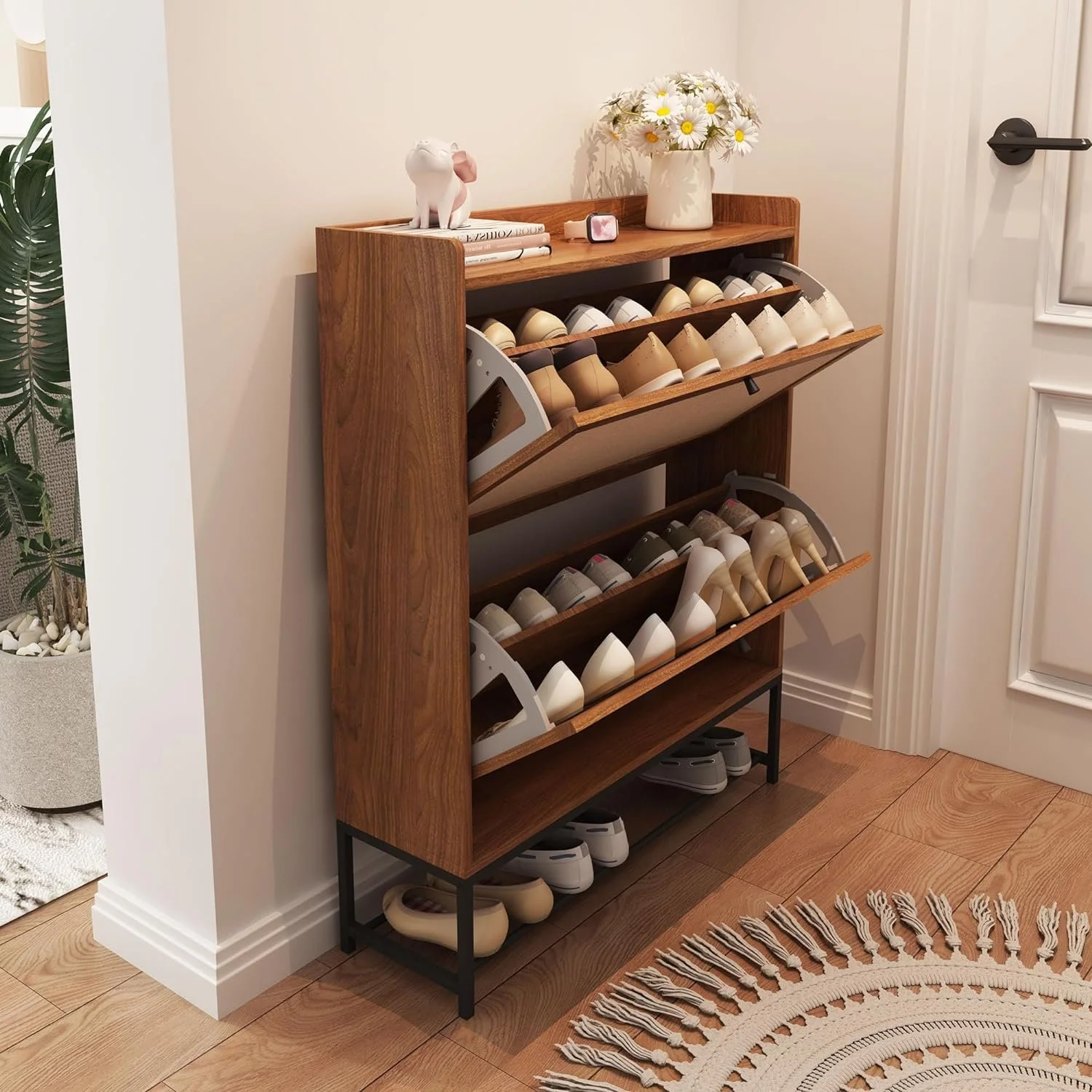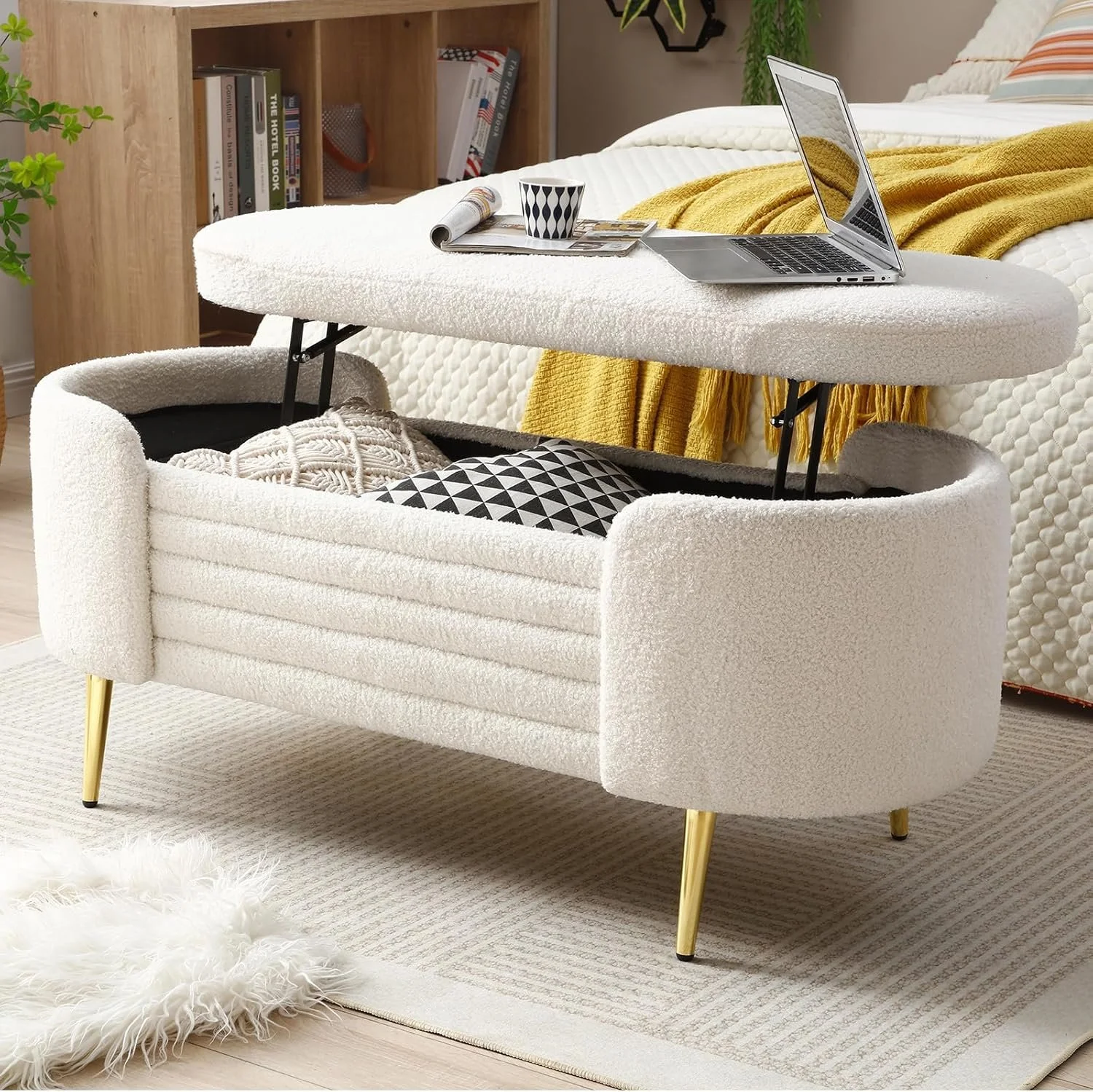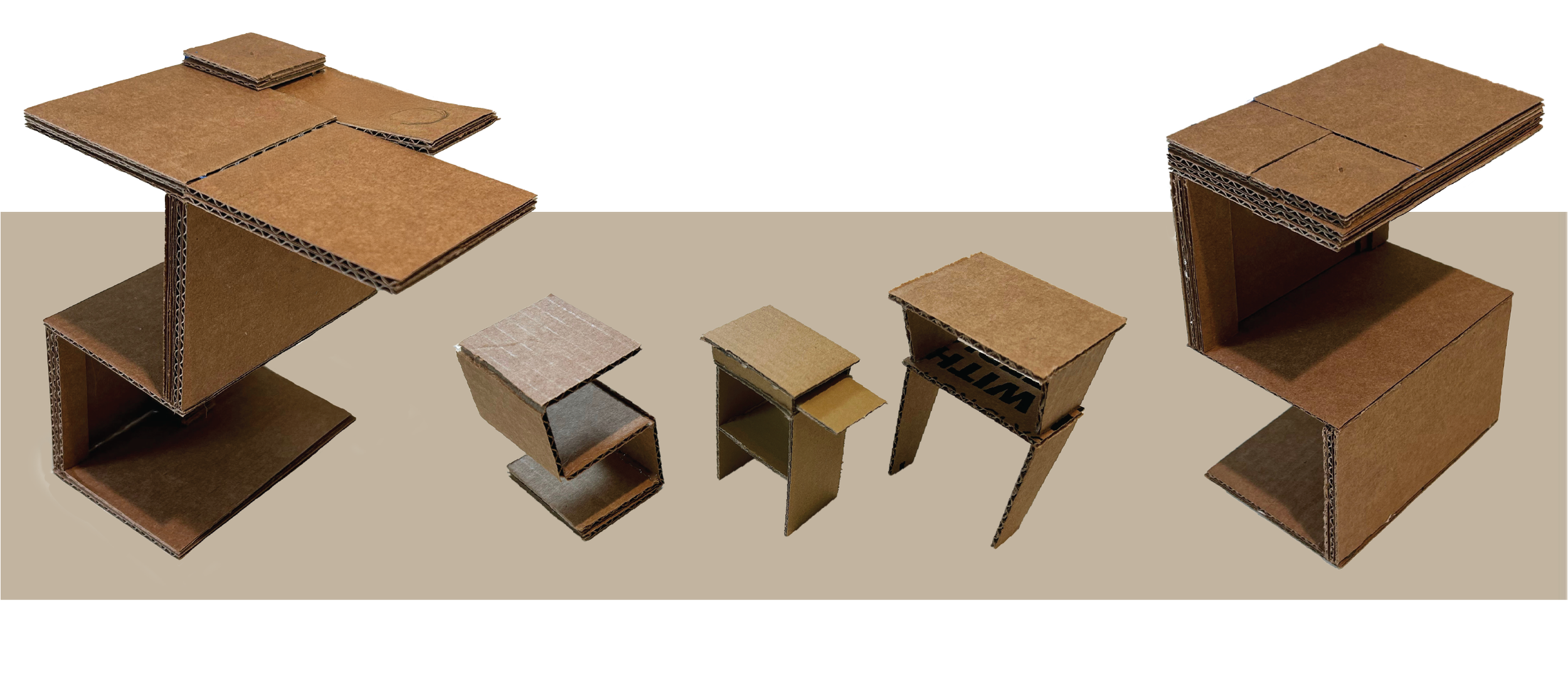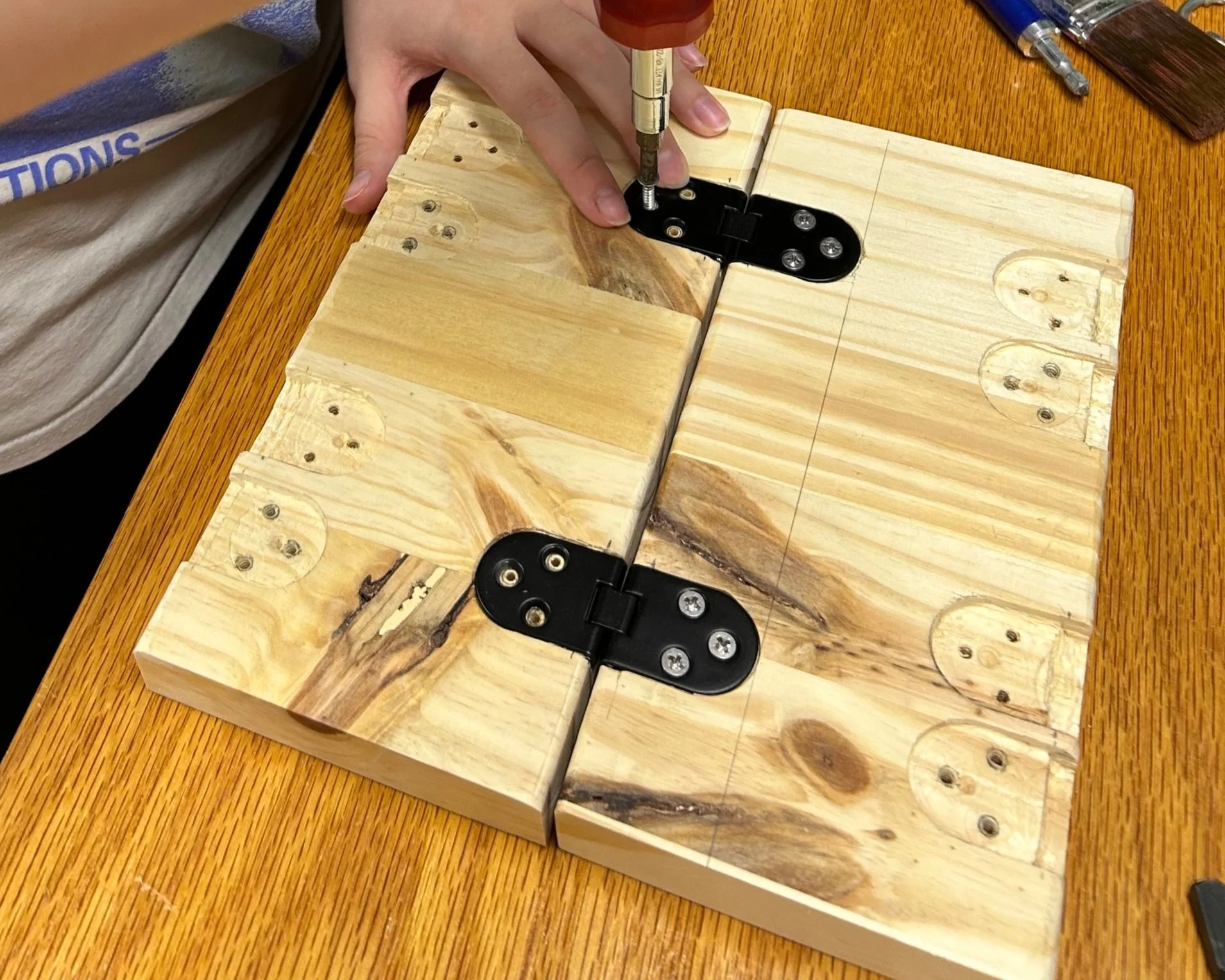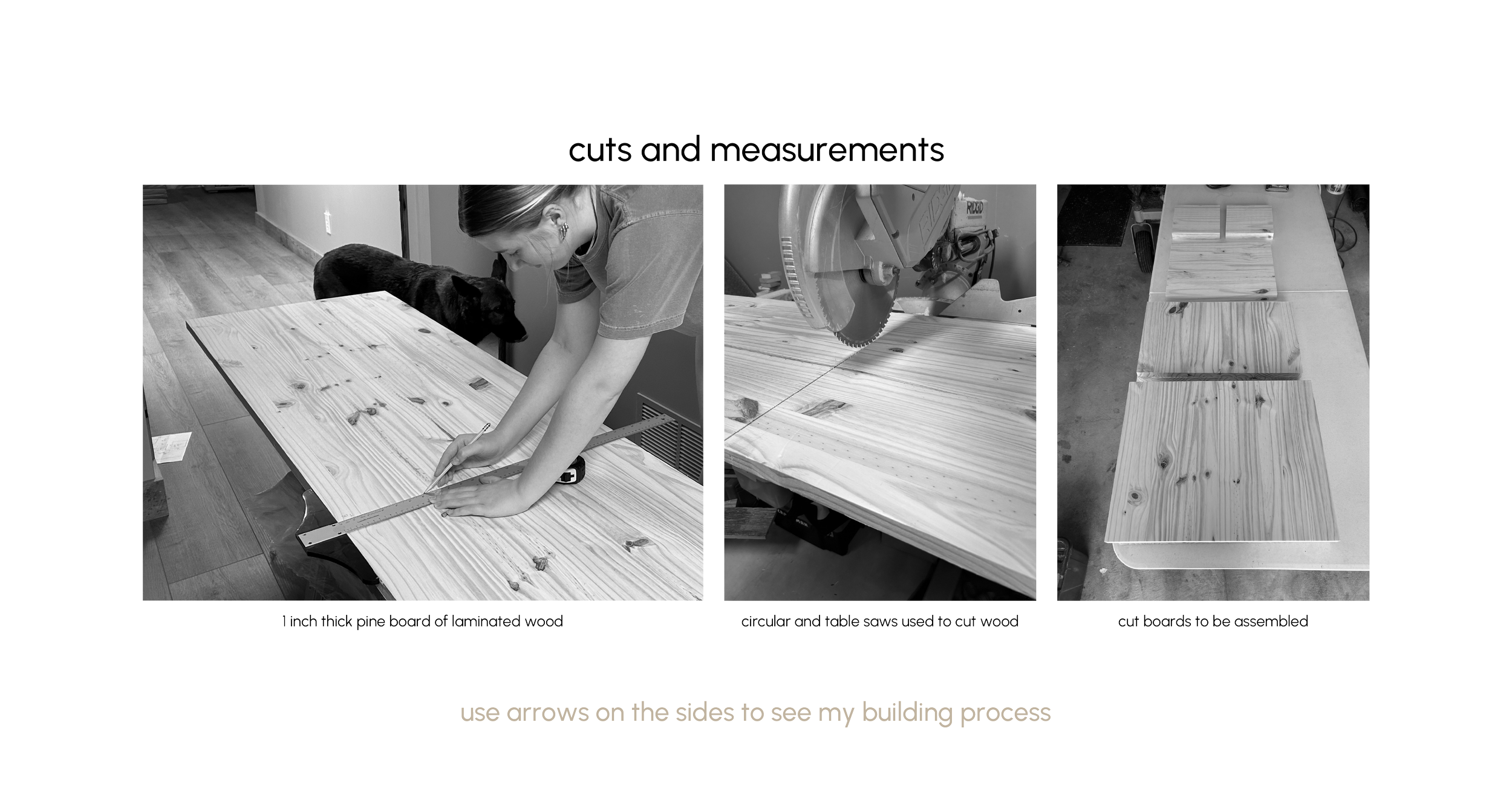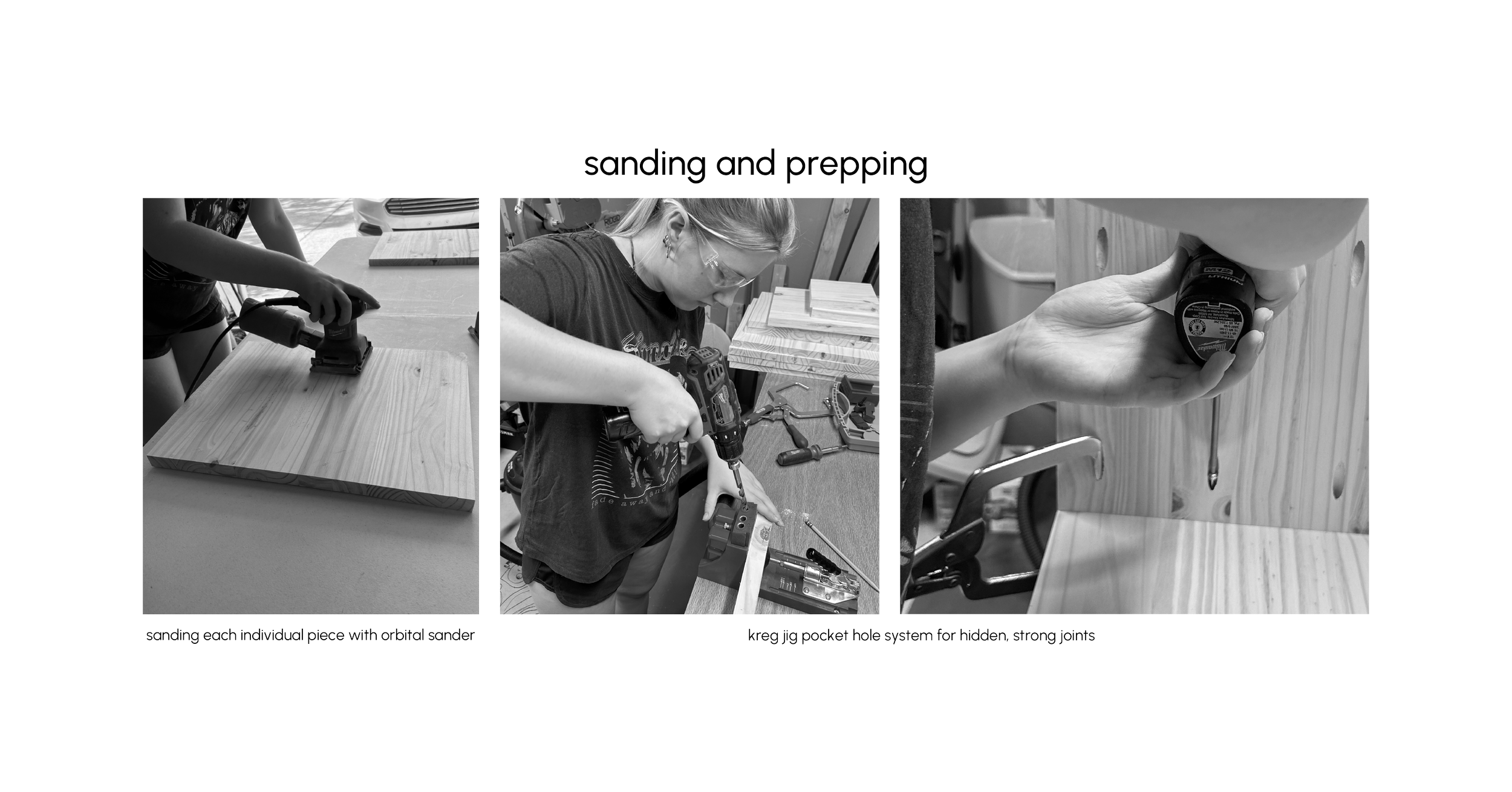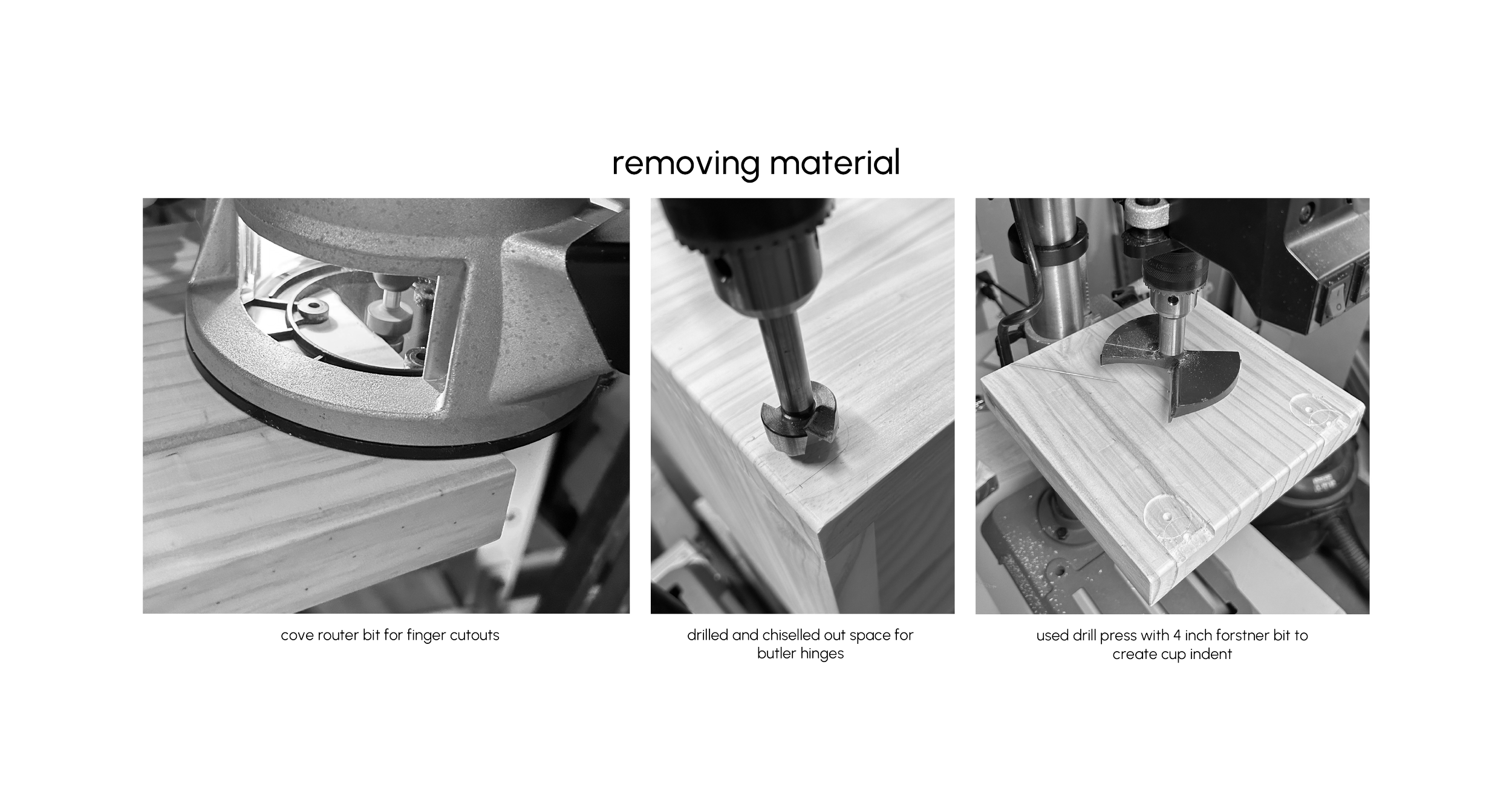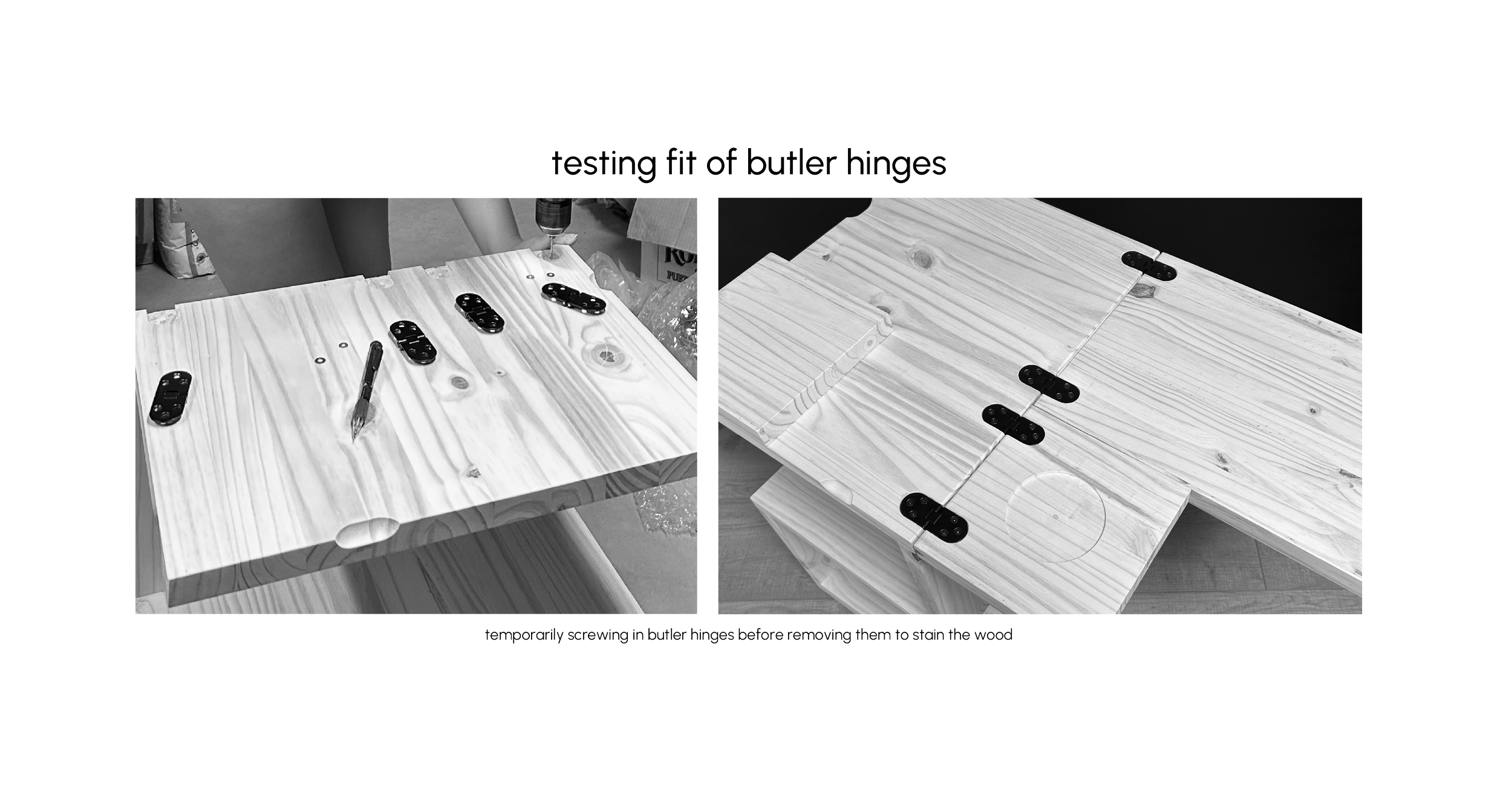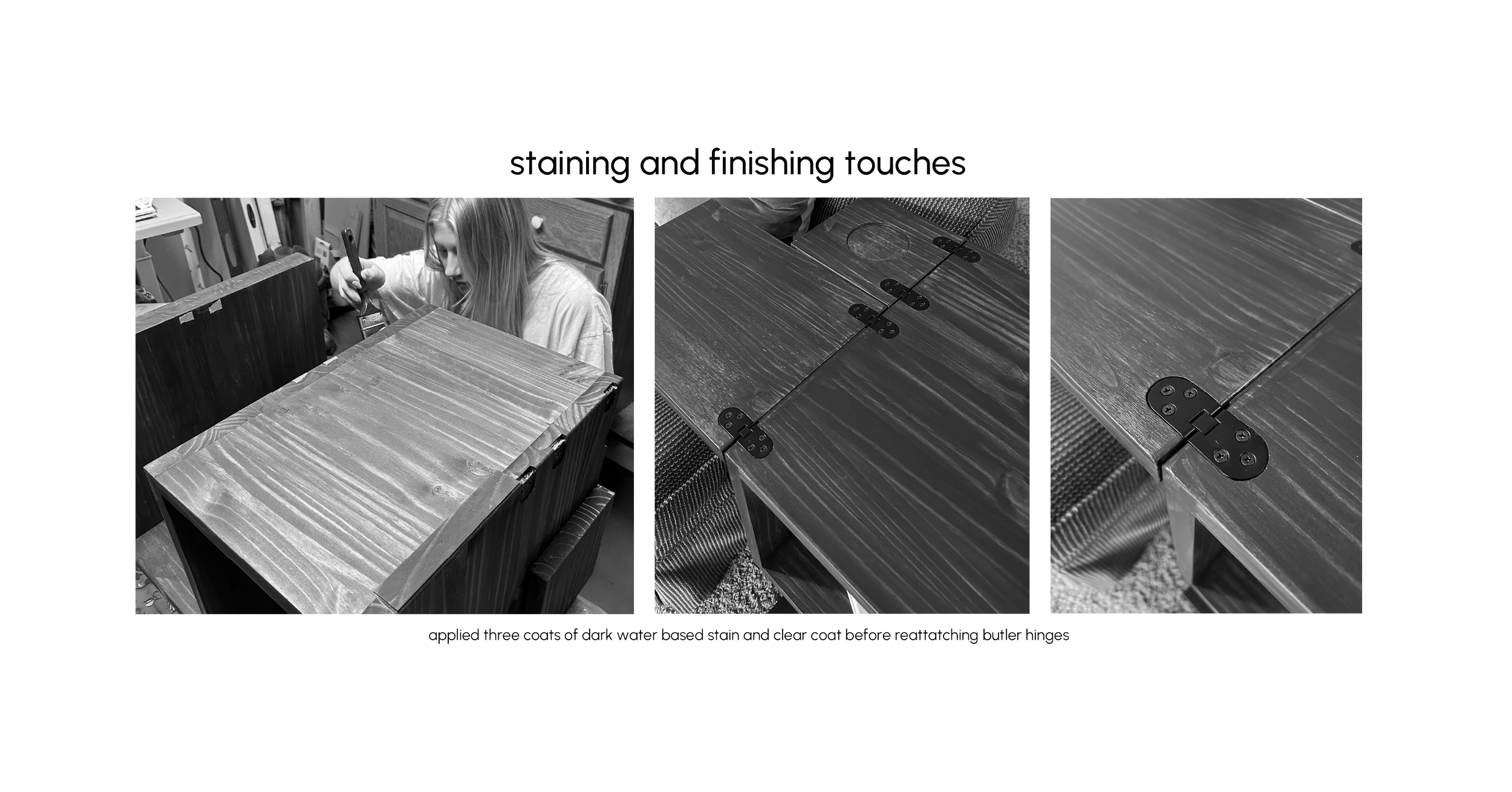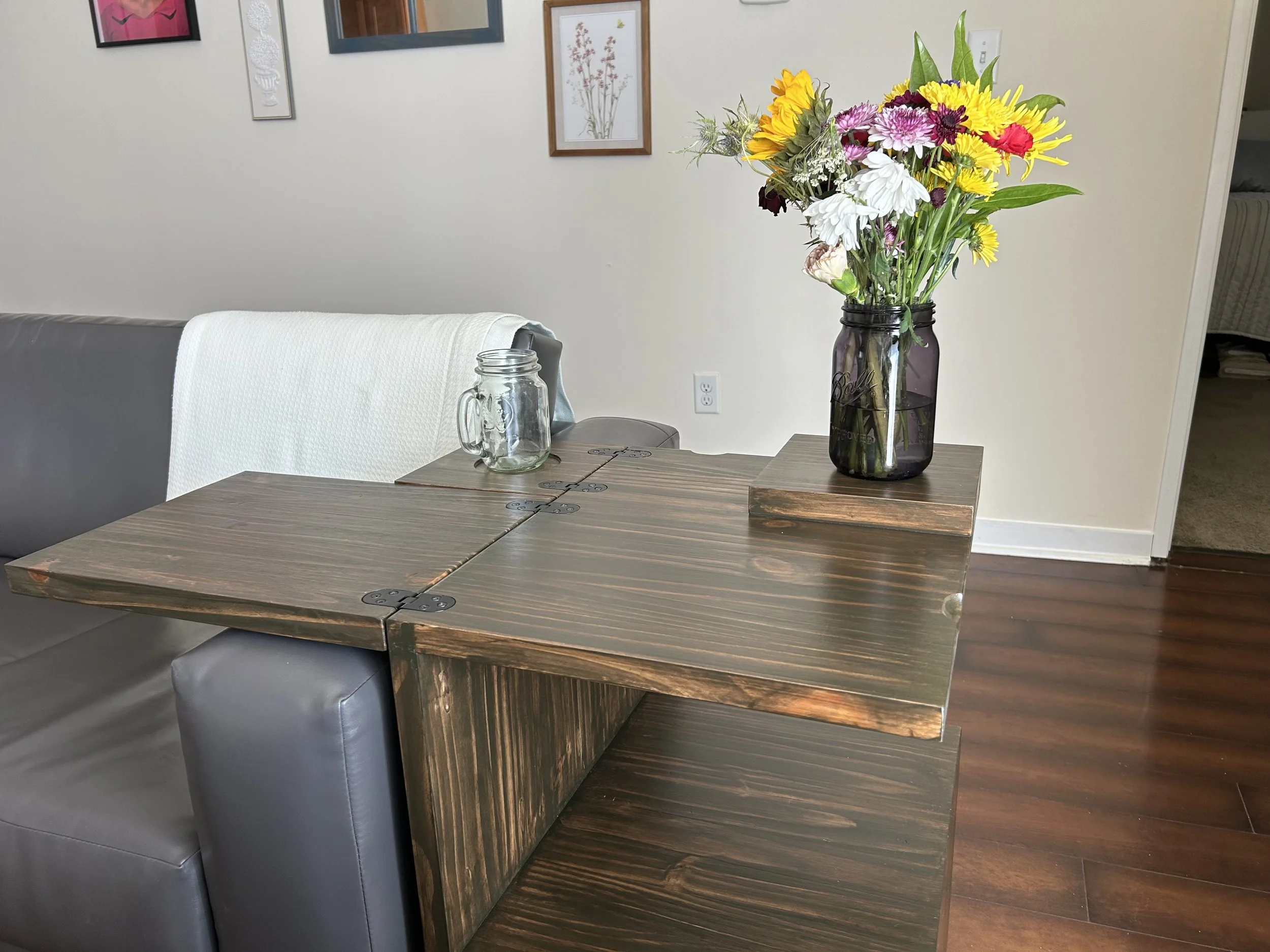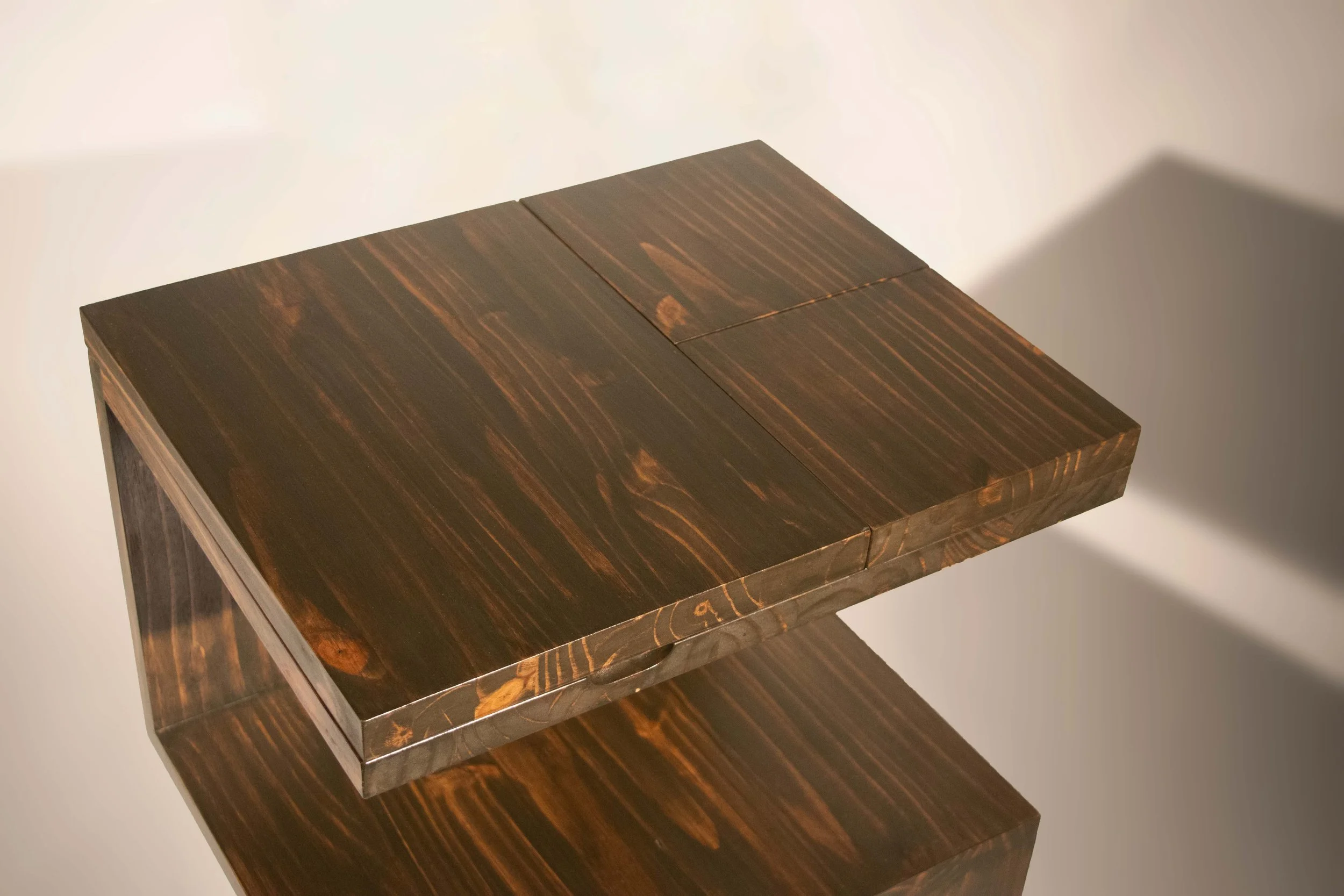
duration
3 weeks
skills
woodworking
concept development
product visualization
project goal
create a multi-use side table that incorporates many different forms and purposes into one stable, consistent piece
for those who have limited work space and enjoy angular, clean furniture
aesthetics and inspiration
geometric
minimalist
interactive
multipurpose
special features of the flipside table
convertible
This table is unique because of its ability to convert into multiple forms. It is always one "flip” away from being put to use.
multi-use
Depending on what you need, this table is designed for eating, working, reading, etc. It can also serve as a nightstand.
element of surprise
The crisp, clean lines of this table disguise its most surprising feature: hidden trays that are concealed until you need them!
concept development
stationary designs for more shelving and storage purposes
final design
interactive design with elements that flip out for multiple uses
cardboard models to test movement, proportions, and form
what height does the table need to be?
Since the table would flip over from the side it needed to rest higher than the armrest when open.
The average height of an armrest ranges roughly from 22-27 inches.
So… the height of flipside table needs to be at least 27 inches tall from the bottom of the open tray
making the flipside table
the flip
how the butler hinge allows the table to transform:
from 0° to 180°
wood needs to be drilled and chiseled out to the depth of the hinge
hinges inset in the two connecting pieces, and lay flush with the height of the wood
this specific hinge contributes to the table’s ability to disguise itself when closed with the clean lines and flush surface allowed by the butler hinges
orthographic + dimensions
showing minimum width when closed, and maximum when opened


